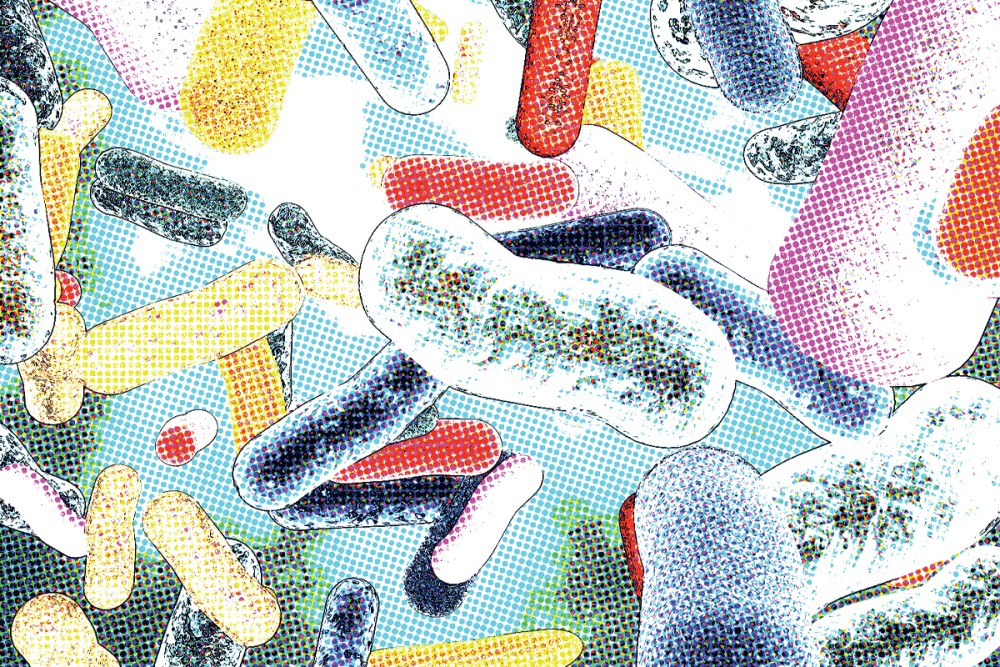Jesus’ resurrected gut biome
In John’s Gospel we meet a body of flesh and blood. And microbes.

Jesus takes a bite of fish. Inside his mouth, teeth grind the fleshy lump. He swallows. Stomach acid in Jesus’ gut breaks down the chaw before it passes into his digestive tract. In his bowels, 100 trillion microbes begin their work. More than a thousand species in Jesus’ intestines transfigure the protein into amino acids that feed his brain, muscles, and immune system.
This is an unremarkable process—after all, digestion is what bodies do—were it not for this: the teeth that chew, the stomach that digests, the microbes that turn through Jesus’ intestines are the resurrected body of Christ.
In John’s Gospel, there on the shore with the fishermen, we meet a body of flesh and blood. God and person: without confusion, without change, without mixture, without separation. For the risen Christ to remain human, he has to return as the full community of creatures that constitute his body.




